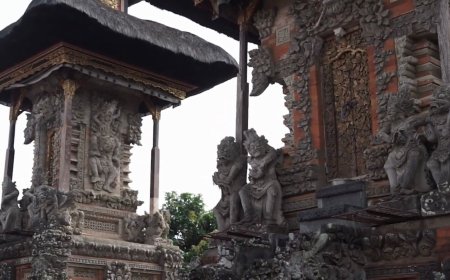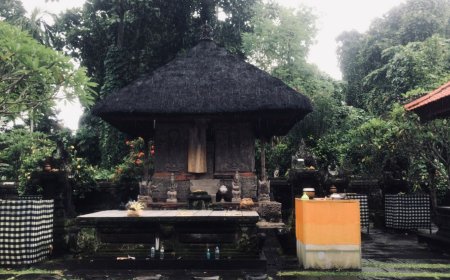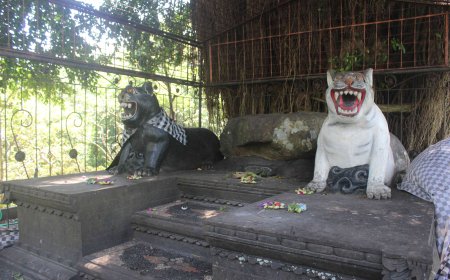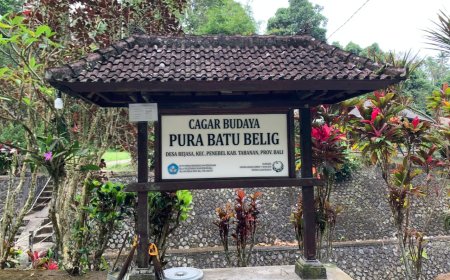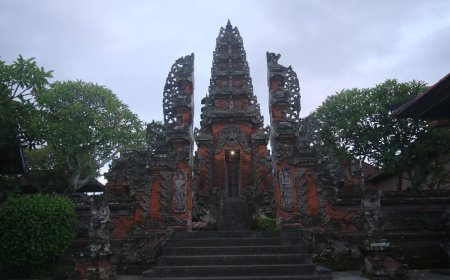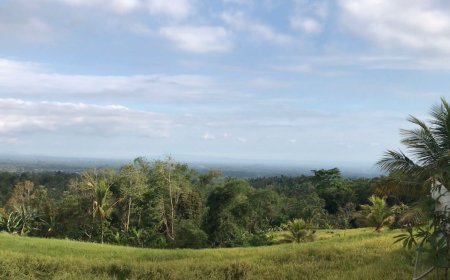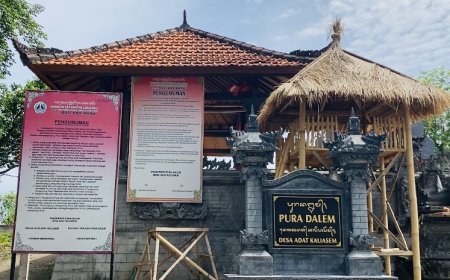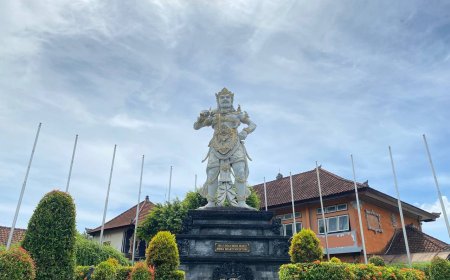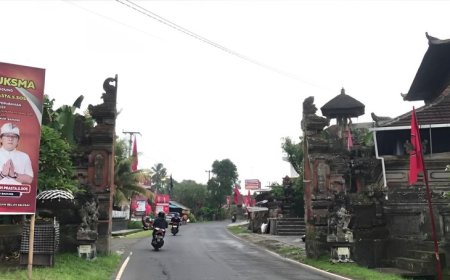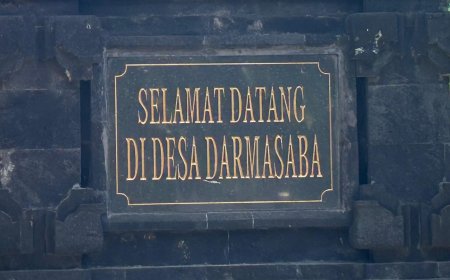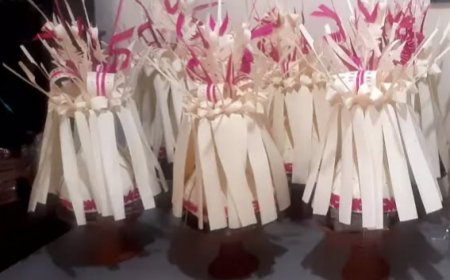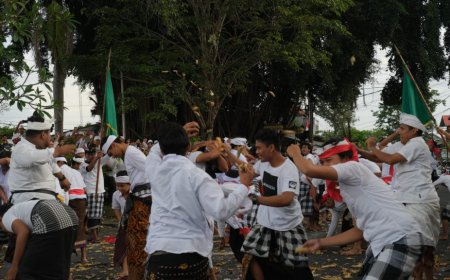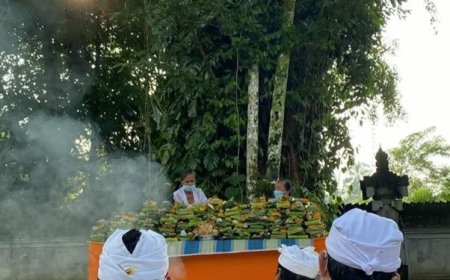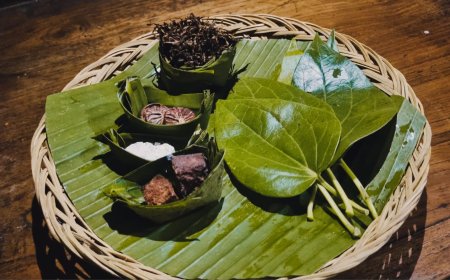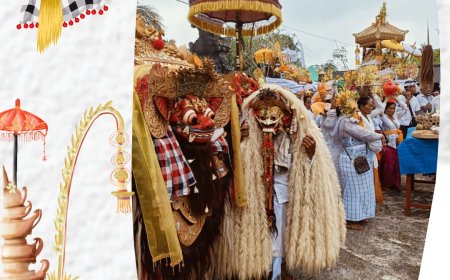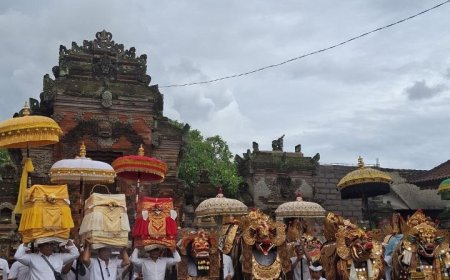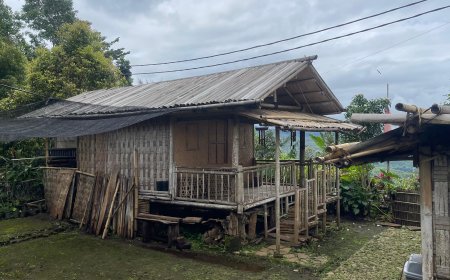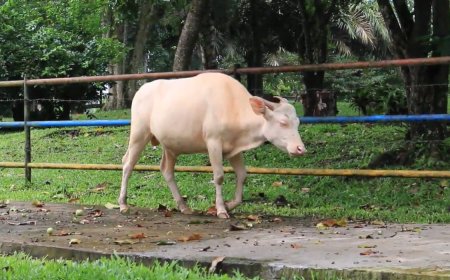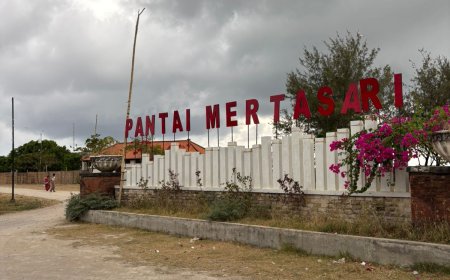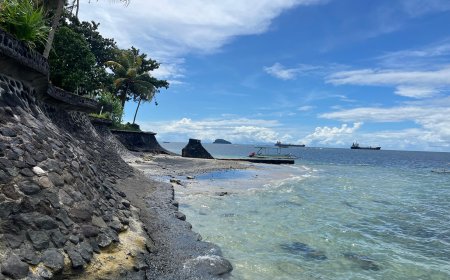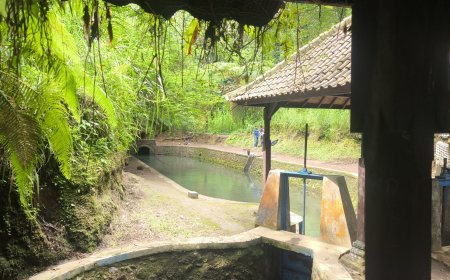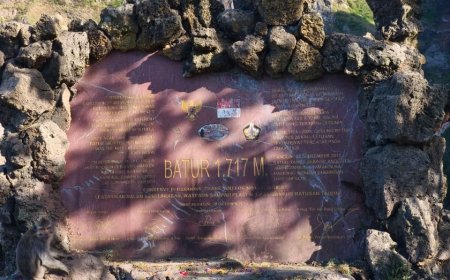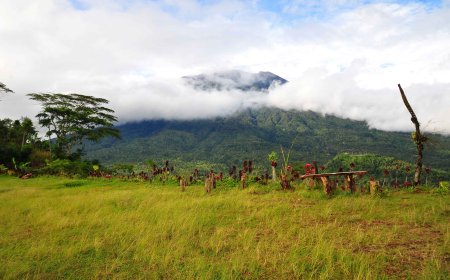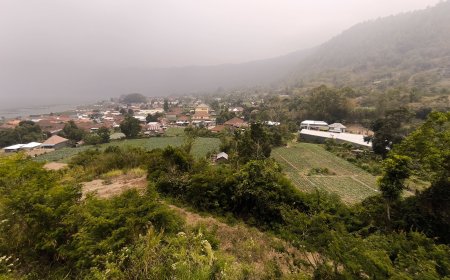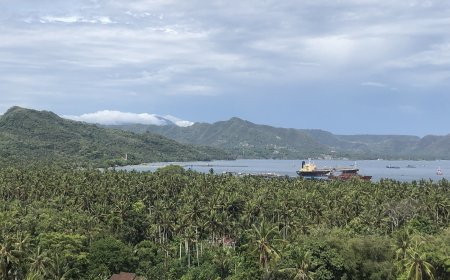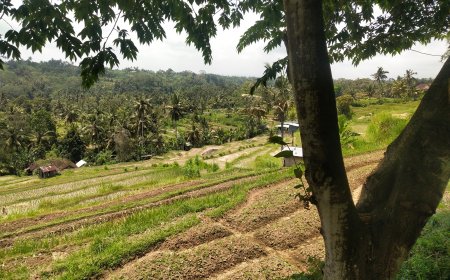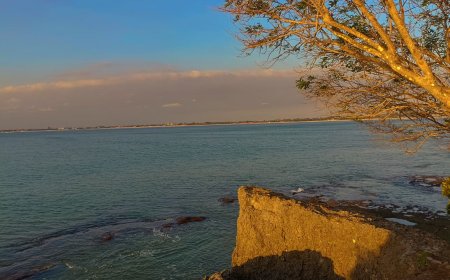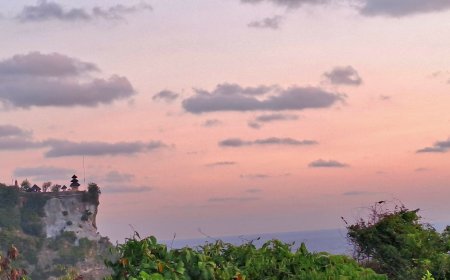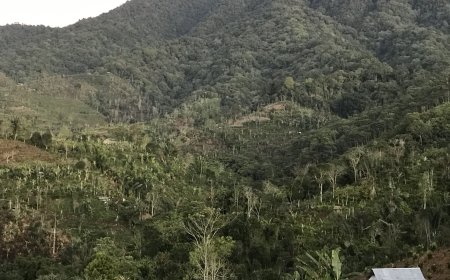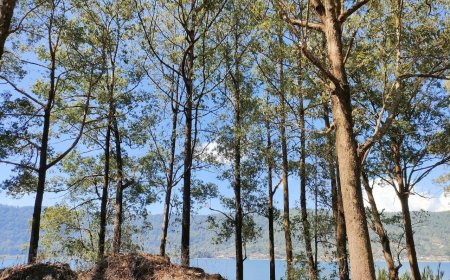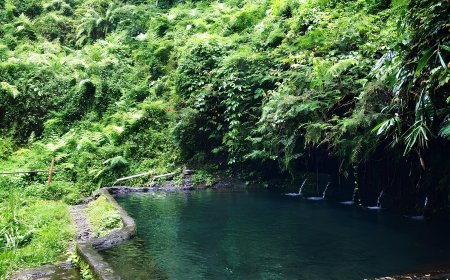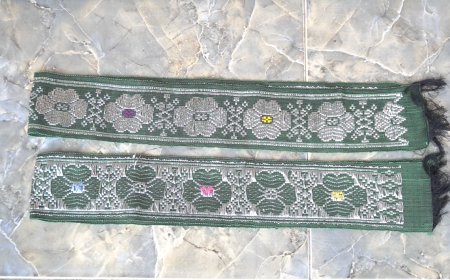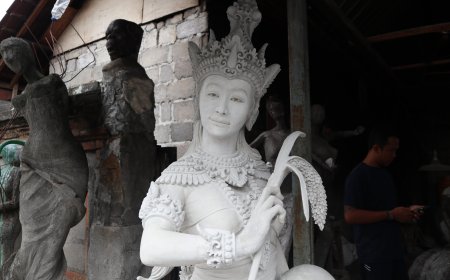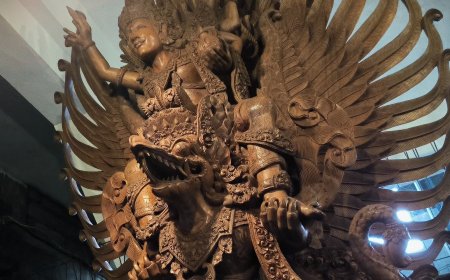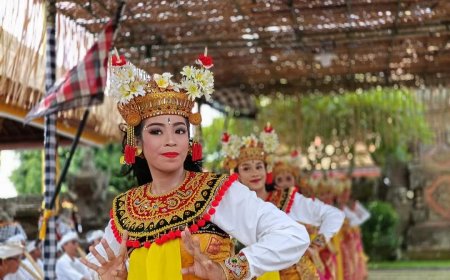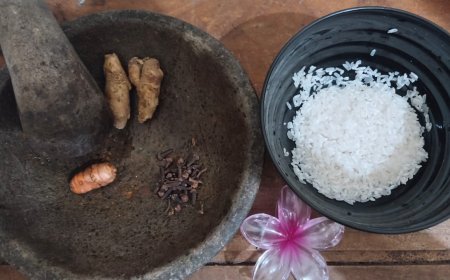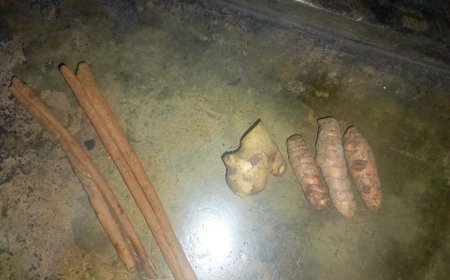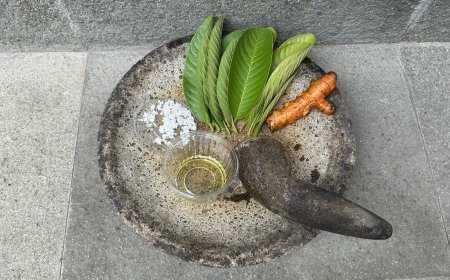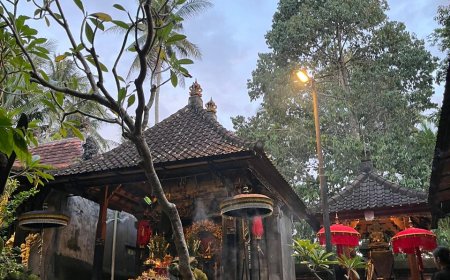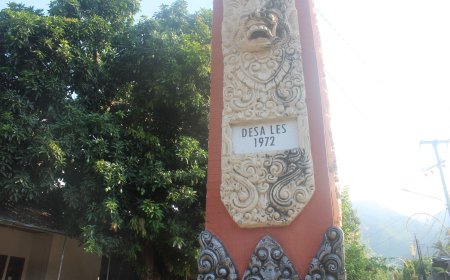Taman Sari Temple: A Historical Heritage Temple of Ancient Bali
Pejeng Village, located in Tampaksiring District, Gianyar Regency, Bali, is a village rich in historical value. Known as an ancient or traditional village, Pejeng holds a significant place in history. As a royal temple in Ancient Bali, the Penataran Sasih Temple does not stand alone. Several temples are located within the same area, one of which is the Taman Sari Temple or Amerta Sari Temple.
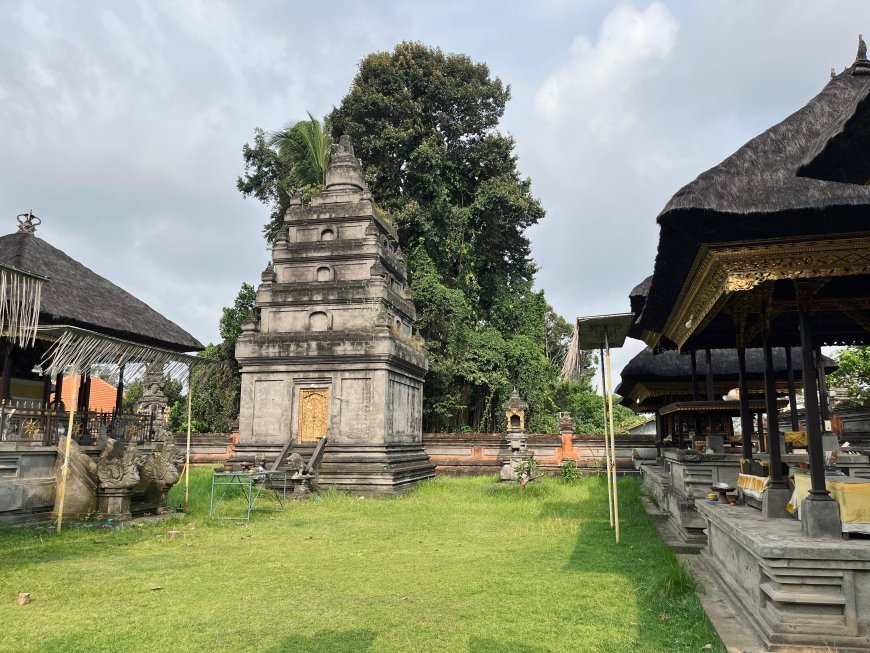
The Taman Sari Temple, also known as Amerta Sari, played a significant role in supporting both the ritual and economic activities of the kingdom. As a site focused on providing ceremonial supplies, this temple also served as a hub for managing the daily needs of the kingdom, including kitchen affairs. With its serene and tranquil atmosphere, the Taman Sari Temple reflects the harmony between tradition, spirituality, and well-being, which forms the foundation of Balinese life.
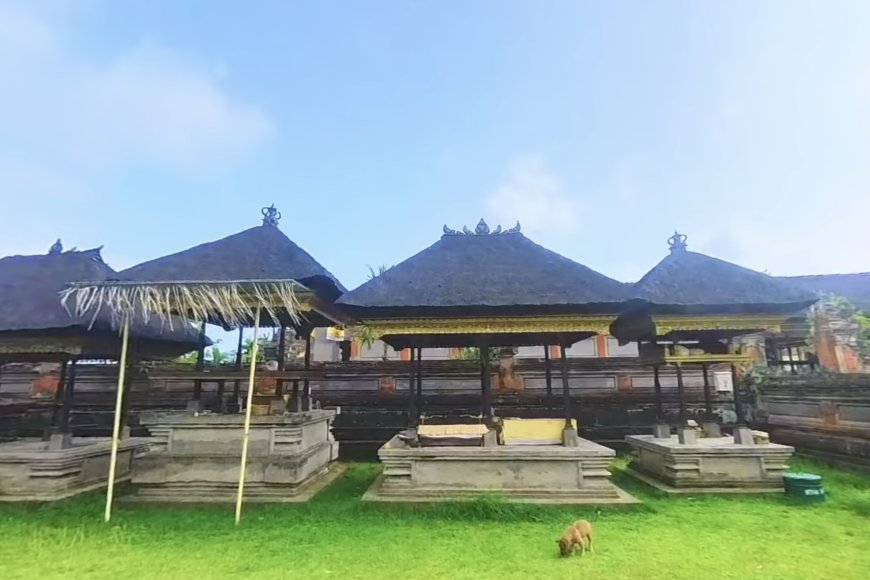
Structures at Taman Sari Temple (Photo Source: Personal Collection)
The Taman Sari Temple is more than just a place of worship or an economic management center; it is also a symbol of the balance inherent in Balinese life. As an integral part of the royal lifestyle, this temple serves as a reminder that spirituality and economy are inseparable and must work hand in hand to create lasting peace and prosperity. Its presence within the Penataran Sasih Temple complex underscores the vital role of sacred places in maintaining balance and harmony in all aspects of life in the Balinese kingdom.
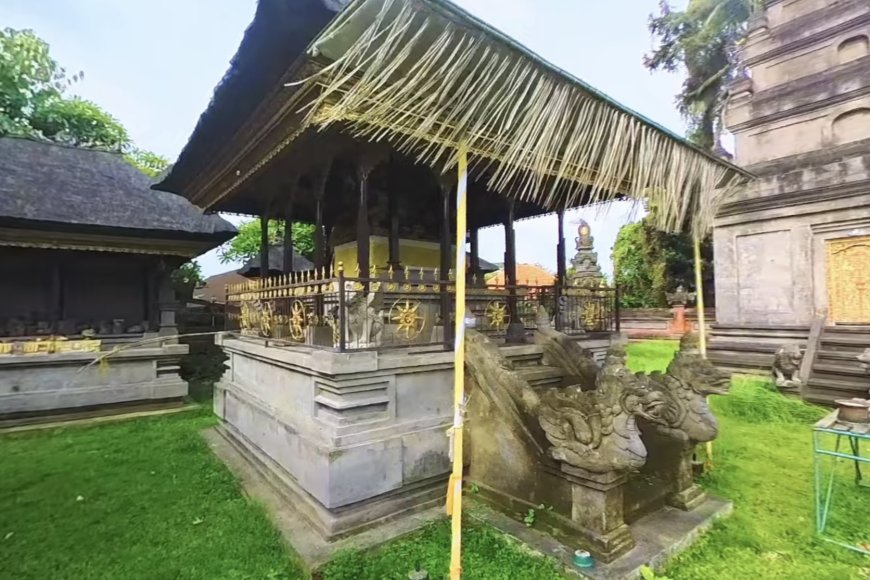
Bale Pesamuan at Taman Sari Temple (Photo Source: Personal Collection)
The following are the shrines and buildings, each serving its own function, at Taman Sari Temple:
-
Pelinggih Bhatara Iswara: This shrine is a sacred place used to worship Lord Iswara, one of the manifestations of Lord Shiva in Hinduism. Iswara is often associated with the east, so this shrine is typically placed in the eastern part of the temple.
-
Gedong: Gedong is an enclosed building used to store pratima (statues or sacred symbols of gods and goddesses) and other sacred objects.
-
Piyasan: Piyasan is an open building used to arrange offerings or offerings (sesajen) before a religious ceremony is held.
-
Panggungan: Panggungan serves as a temporary offering place or a location for placing ceremonial equipment.
-
Pelinggih Arca: A sacred place used to place statues or symbols of specific gods and goddesses.
-
Pesamuan: Pesamuan is a structure in the temple used to place offerings for the ceremony during odalan (temple festivals).
